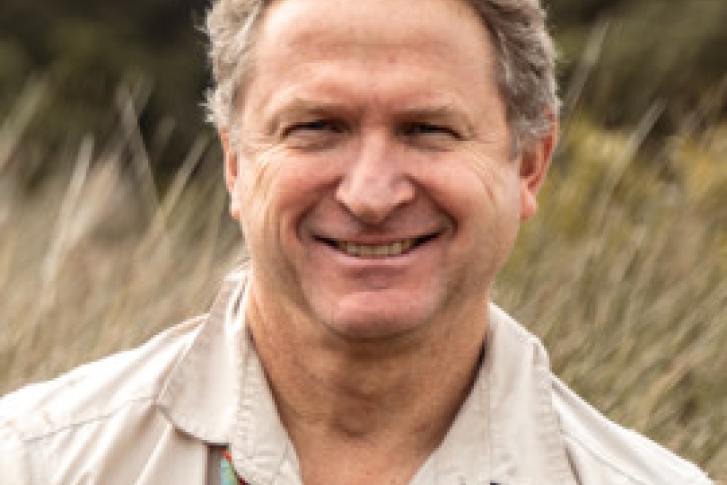A team of NIWA and overseas researchers have been awarded a National Geographic Society explorer grant to continue their mangrove research in New Caledonia.
The focus of the research is the mangrove forests of low-lying Pacific atolls. The field study which first began in early 2017 is focused on the remote atoll of Ouvéa in the Loyalty Island group, an archipelago northeast of the New Caledonian mainland of Grande Terre.
The research team is also supported by the French Pacific Fund to work on Ouvéa Atoll, a UNESCO World Heritage site, to explore the fate of the sediment-poor Pacific atolls under rising seas.
Andrew Swales, Principal Scientist (Coastal and Estuarine Processes) at NIWA says, “mangroves in many regions are vulnerable to rising sea-levels and efforts are being made to improve understanding of their resilience to climate change.
“This is not purely an academic exercise because local people benefit from the ecosystem services mangrove forests provide, such as food, materials and the mitigation of coastal hazards.”
Mangroves occur on 75% of tropical coastlines, mainly in developing countries, and mangrove ecosystems play important ecological, sociological andeconomic roles for coastal populations.
Andrew chose the Njimec mangrove forest on Ouvéa for the study as this forest has no riverine sediment inputs and is relatively easy to access from New Zealand. As sea level rises, sediment-poor mangrove forests must rely on sediment accumulating from biological sources such as mangrove peat and carbonate-producing animals (e.g., corals and calcareous algae) to keep pace with higher water levels. This makes them particularly vulnerable.
A range of studies are underway on Ouvéa Atoll. The team have installed benchmarks to track changes in substrate elevation and deployed water level recorders to measure tides and inundation periods. Dendrometers fitted to the trunks of the mangroves measure tree growth rates and experiments are underway to look at peat production and below ground plant biomass. Sediment cores are being used to reconstruct changes in the forest over the last century.
In May this year a combined NIWA – University of Otago team undertook detailed GPS surveys to measure the elevations of the benchmarks, water level recorders and the atolls main tide gauge. This will enable measurements of sedimentation and resulting substrate elevation trends and water levels in the mangrove forest to be related to sea level. A numerical model of Pacific atoll mangrove forests is also under development by the US Geological Survey.
The research is being conducted in collaboration with the Téouta Tribe, who are the guardians and beneficiaries of the Ouvéa mangrove forest’s natural resources, and includes a strong educational component for local school children. Visits occur at approximately six-monthly time intervals, the next field trip is planned for October 2019.

